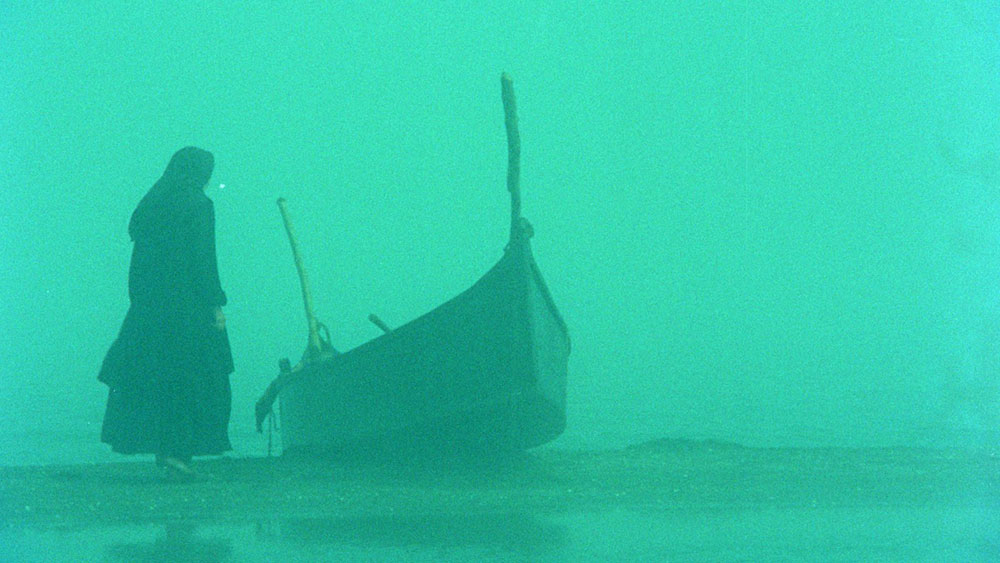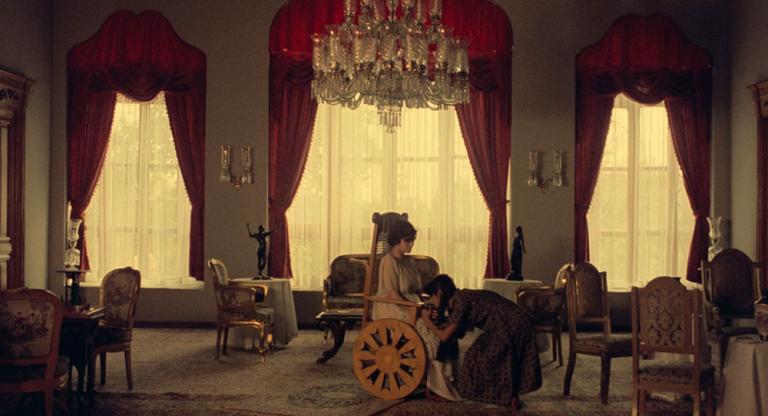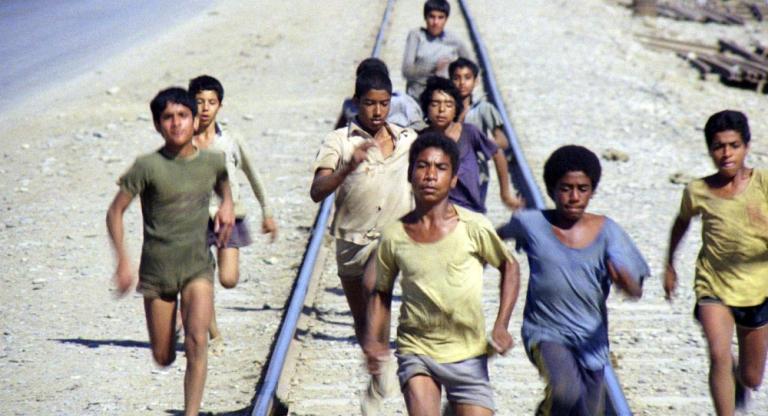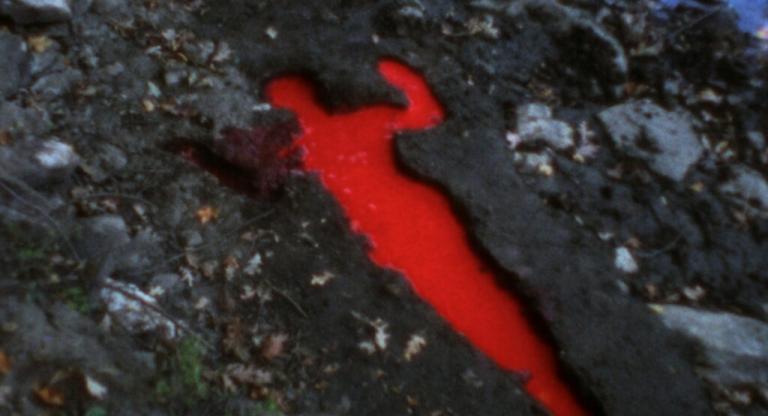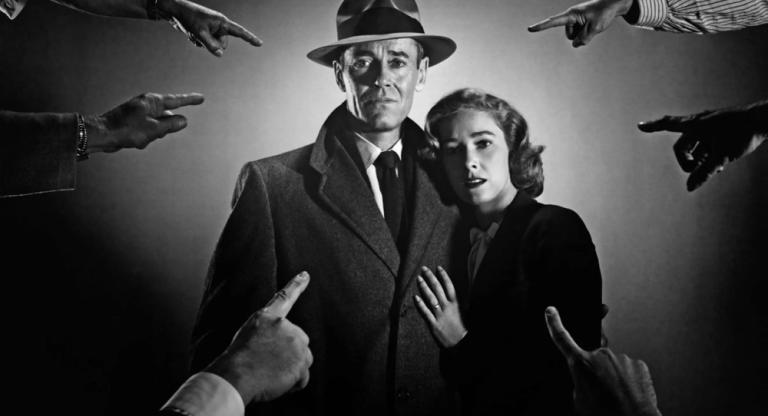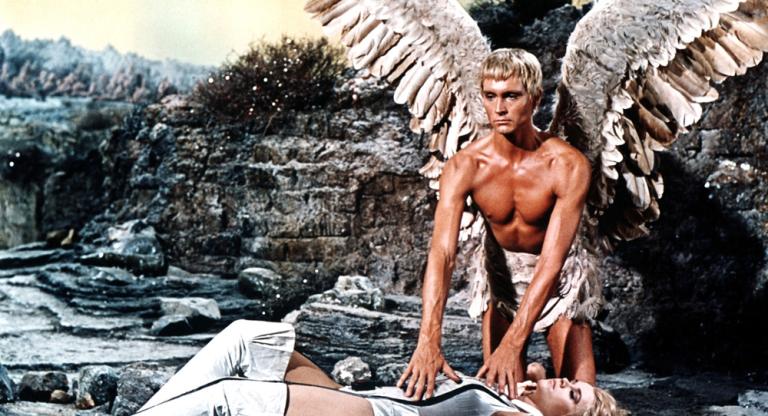As director Bahram Beyzaie remembers it, critics declared The Stranger and the Fog (1974) “incomprehensible” upon its premiere at the Tehran International Film Festival. The film adopts an archetypal premise not dissimilar to Beyzaie’s first feature, Downpour (1972): an outsider penetrates an insular community, stirring suspicion and upsetting the social balance. Whereas Downpour augments a relatively realist approach with expressionist touches, The Stranger and the Fog pushes much more forcefully against narrative conventions. Though Beyzaie places the film in a loose trilogy of works about northern Iran, the movie’s coastal village is purposely obscure, a self-contained world with customs and histories entirely its own. Ayat (Khosrow Shojazadeh), the titular stranger, lands in the village with no memory of his past and proceeds to fall in love with a widow, Rana (Parvaneh Massoumi). From there, the story undergoes startling redirections that continually force reconsiderations of all that has come before. Dripping with haunting imagery and violent interruptions, the film is based on Beyzaie’s own nightmares.
It is the twisted logic of dreams, rather than the symbolism of allegory, at work in the movie. Beyzaie now interprets the story’s chaos and danger as premonitory, a vision of the impending Iranian Revolution swimming in his subconscious. Conditions for film production changed drastically after the revolution, and filmmakers contended with airtight censorship. Beyzaie’s The Death of Yazdgerd (1981) was banned because, among other reasons, “the censors did not feel that the film’s position on Islam was clear.” Though these two works lie on opposite sides of the events of 1979, this justification based on the later film’s lack of clarity complicates The Stranger and the Fog’s own wild confusion. Where authoritarian regimes thrive on absolutes and neat equations, disorder and impenetrability offer an alternative. Maybe contemporary critics undervalued the political power of the “incomprehensible.”
Beyzaie came of age during a time when international cinema flourished in Tehran, and he soaked in all manner of influences. Viewers can easily associate The Stranger and the Fog with the films of Kurosawa and Tarkovsky—but perhaps also Robin Hardy’s The Wicker Man (1973)? In analyzing the film’s isolated rural setting and supernatural inflections, the scholar Farshid Kazemi posits that The Stranger and the Fog “may be considered the first folk horror film in the history of Iranian cinema,” a reading not incongruous with the recurring images of blades, shadows, cloaked figures, and villagers gathered in circles, performing rituals that Ayat cannot understand.
The Stranger and the Fog screens this evening, October 12, at the New York Film Festival, the North American premiere of a new digital restoration.
